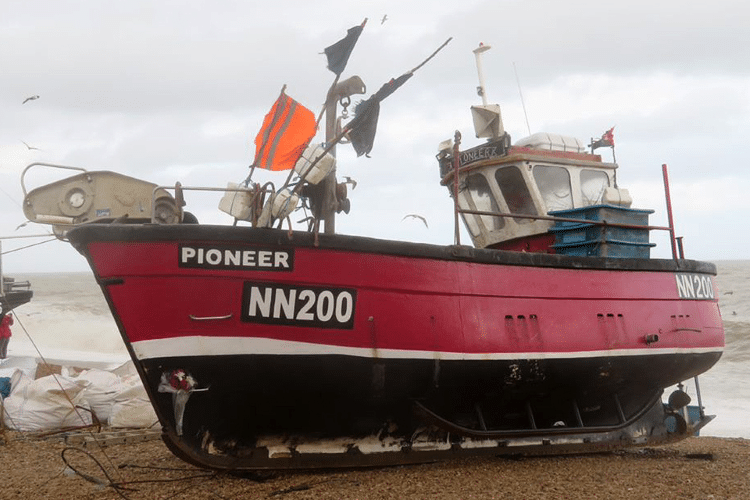MAIB publishes Accident Investigation Report for fishing vessel Pioneer

On July 29, 2021, a tragic incident occurred involving the UK registered fishing vessel, Pioneer. The vessel was returning to Hastings, England, when its skipper fell overboard. This unfortunate event highlights critical safety issues within the fishing industry. The investigation into the accident has revealed several deficiencies that contributed to the tragedy. This article will explore the details of the incident, the safety issues identified, and the recommendations made to prevent future occurrences.
Incident Overview
The morning of July 29, 2021, began like any other for the crew of the Pioneer. As the vessel made its way back to shore, the skipper unexpectedly fell overboard. The sole deckhand on board was unable to rescue him. In a desperate attempt to save the skipper, a search and rescue helicopter was dispatched. Unfortunately, despite their efforts, the skipper could not be revived after being airlifted to the hospital. This incident serves as a stark reminder of the dangers faced by those working at sea.
The loss of life in this accident raises serious concerns about the safety protocols in place on fishing vessels. The investigation into the incident has revealed a series of safety lapses that contributed to the skipper’s fall and subsequent death. Understanding these issues is crucial for improving safety standards in the fishing industry and preventing similar tragedies in the future.
Identified Safety Issues
The investigation into the Pioneer accident uncovered several critical safety issues. One of the most alarming findings was the low bulwark at the aft deck of the vessel. This design flaw failed to prevent the skipper from falling into the water. Additionally, the skipper was not wearing a personal flotation device (PFD) at the time of the accident. The absence of this essential safety gear significantly increased the risk of drowning.
Moreover, the investigation revealed that critical safety equipment on the Pioneer was either missing, incorrectly fitted, or outdated. These deficiencies indicate a concerning lack of safety management on the vessel. The overall safety culture aboard the Pioneer was inadequate, which ultimately contributed to the tragic outcome.
Another significant issue was the guidance provided to Maritime and Coastguard Agency surveyors. The instructions lacked robust measures to ensure that surveys were conducted consistently and thoroughly. This oversight raises questions about the effectiveness of safety regulations in the fishing industry and the need for stricter enforcement.
Recommendations for Improvement
In light of the findings from the investigation, a recommendation has been made to the Maritime and Coastguard Agency (MCA). The agency is urged to revise its guidance to surveyors. The goal is to provide clear instructions on how to conduct surveys and inspections effectively. By improving the quality of inspections, the MCA can help ensure that fishing vessels meet safety standards.
Additionally, the report emphasizes the importance of maintaining a well-equipped vessel. A safety flyer was produced alongside the report, aimed at the fishing industry. This flyer highlights the necessity of having a vessel that is fit to go to sea. It serves as a reminder to all operators about the critical role that proper maintenance and safety equipment play in preventing accidents.
The recommendations aim to foster a culture of safety within the fishing industry. By addressing the identified deficiencies, the hope is to prevent future tragedies and protect the lives of those who work at sea.
